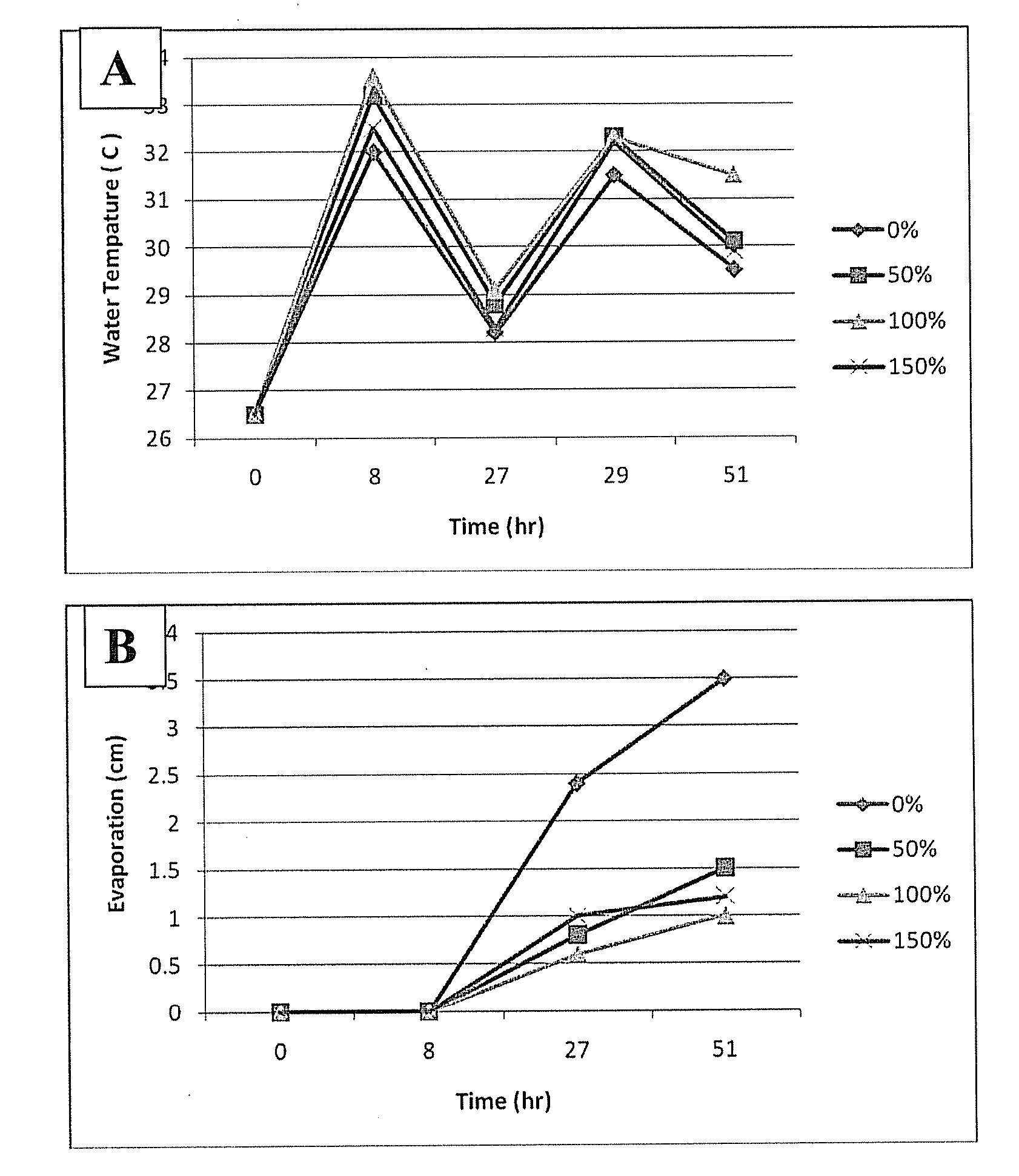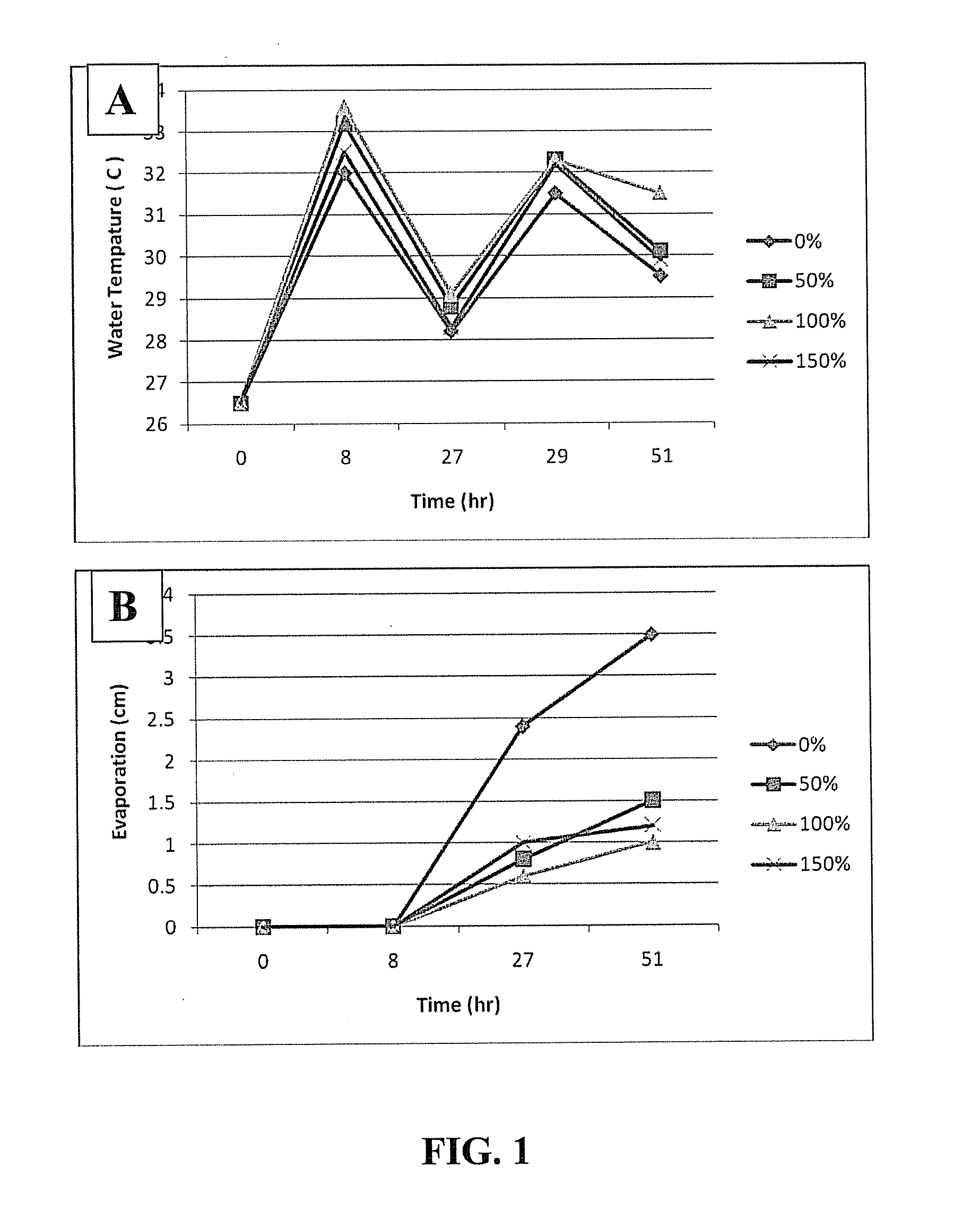Algal lipid production
a technology of algal lipids and lipids, applied in specific use bioreactors/fermenters, biomass after-treatment, microorganisms, etc., to achieve the effect of increasing lipid production and high lipid levels
- Summary
- Abstract
- Description
- Claims
- Application Information
AI Technical Summary
Benefits of technology
Problems solved by technology
Method used
Image
Examples
example
Example 1
Increased Algae Production Using Chlorate Stress
[0072]Nannochloropsis sp., a unicellular alga capable of producing large amounts of triacylglycerides, can be grown in f / 2 medium with 1 / 3rd strength Instant Ocean under indoor lighting in 800 L raceway systems either kept moving with a submerged pump or paddlewheel. The algae are first grown under normal, nutrient replete conditions. Upon achieving a set concentration in culture sufficient for economical extraction (e.g., 1.0 g / L), an amount of chlorate sufficient to block nitrogen uptake by the Nannochloropsis is added. The Nannochloropsis culture is then allowed to grow under these conditions of nutrient assimilation inhibition for 18 hours. Twenty five percent of the algae culture is then removed and subjected to a non-destructive extraction process, while ammonia is added to the remaining in an amount sufficient to renew normal nitrogen uptake.
[0073]The removed portion of the culture is then mixed with dodecane or undecan...
PUM
 Login to View More
Login to View More Abstract
Description
Claims
Application Information
 Login to View More
Login to View More - R&D
- Intellectual Property
- Life Sciences
- Materials
- Tech Scout
- Unparalleled Data Quality
- Higher Quality Content
- 60% Fewer Hallucinations
Browse by: Latest US Patents, China's latest patents, Technical Efficacy Thesaurus, Application Domain, Technology Topic, Popular Technical Reports.
© 2025 PatSnap. All rights reserved.Legal|Privacy policy|Modern Slavery Act Transparency Statement|Sitemap|About US| Contact US: help@patsnap.com


